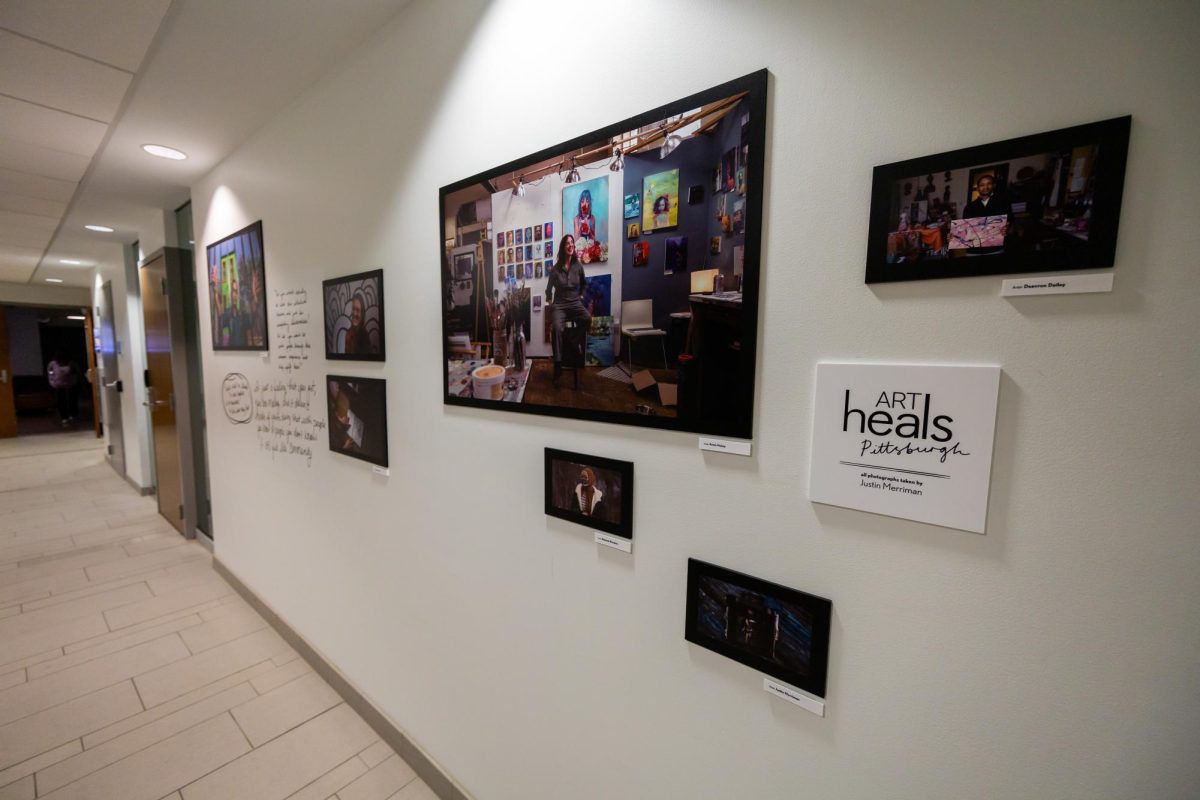Pitt professor creates personalized smileys
April 11, 2007
The vast world of online communication might soon be in for a new facelift.
Shi-Kuo… The vast world of online communication might soon be in for a new facelift.
Shi-Kuo Chang, a computer science professor at Pitt, is developing a way for Internet users to potentially transcend the ubiquitous yellow-smiley avatar that currently dominates the emoticon scene.
This new way is a software program called FaceAlive Icons, which follows the basic idea of taking an image of any individual user’s face and creating an array of facial expressions that one can use in lieu of the generic smiley face.
This idea originated as a programming improvisation on the use of generic emoticons in Chang’s own Virtual Classroom software, which he uses to help teach some of his classes.
“The Virtual Classroom is a tool for distance learning and online education,” Chang said. “Pitt is a commuter school, so it’s hard for some students to make it to campus. Students can download this tool from my Web site.”
Unlike Courseweb, which is simply a Web site where teachers can post information, Chang’s Virtual Classroom functions more like an actual classroom experience in that it’s real-time.
Chang still teaches his classes in person, of course.
“I usually teach one or two courses a semester,” Chang said. “The Virtual Classroom is just augmentation for actual classes. But in the future, there is no reason why we can’t use virtual classrooms more.”
Chang designed this FaceAlive idea to help add a more stylized, human element to the virtual classroom experience, which can feel rather impersonal when everyone is masked by simple emoticons. The program gives students the option to show their real faces online and alter the nature of the expressions.
FaceAlive begins this customization process by starting with a “neutral” photo of a given user. “It’s like taking a passport photo,” said Chang.
The program then takes this photo, which Chang refers to as the “baseline image,” and alters key parts of the picture to make its expression match emotions such as happiness, sadness, anger, surprise, disgust and fear. This mostly involves subtle alterations to the eyes and mouth, because, as Chang said, “To express emotion, you only need to change the eyes and mouth.” These alterations are designed to be seamless enough that users can’t easily tell where the editing occurs.
“The program uses a library of images to use for expressions on the baseline image,” Chang explained. “The images are then stored locally in pixel form.”
To actually realize this project, Chang had a lot of help from his then-doctoral student, Xin Li.
“Xin was my Ph.D. student who did most of the work,” Chang said. “He did most of the programming, modeling, mathematics. He works for Google now, he’s working on advanced features of the search engine.”
Thus far, the FaceAlive Icons have generally just been used on Chang’s Virtual Classroom software, but the range of its utility can expand to many other forms of electronic communication, including e-mails, forums and cell phone messaging.
Chang believes that the use of FaceAlive Icons on cell phones has definite potential for commercialization, although it is not his main goal.
“I am a teacher, so I’m mostly just interested in teaching,” Chang said. “But in the future, the cell phone can be like a virtual classroom, so maybe this program can expand there.”
Chang also sees the visual component of this software as possibly being useful as a translation device for the hearing impaired. The software’s promise can potentially go quite far, but for now Chang still has to get beyond a beta stage.
“We have an experimental version now,” Chang said, “but we need a working version that more people can try.”







